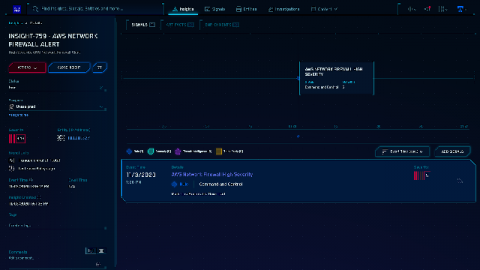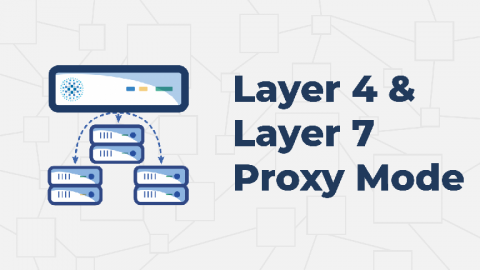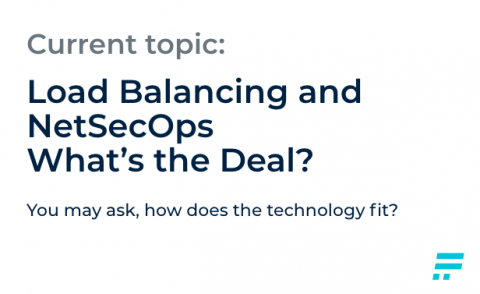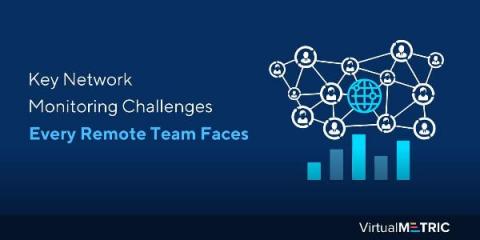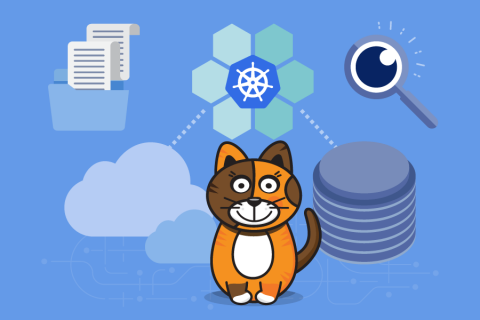Operations | Monitoring | ITSM | DevOps | Cloud
Latest News
How Interconnection Can Help Africa's Cloud And Data Centre Ecosystem
Winning On Tomorrow's Interconnected Battlefields
5 key benefits of using an IP scanner
In todays IP-centric world, it’s becoming increasingly complex to support network-intensive adaptations like cloud adoption and bring your own device (BYOD) polices. As an IT admin, you’re responsible for scanning and tracking your IP resources to ensure that network devices and end users can be allocated unique IP addresses to access your network.
Layer 4 and Layer 7 Proxy Mode
HAProxy can run in two different modes: TCP or HTTP. When operating in TCP mode, we say that it acts as a layer 4 proxy. In HTTP mode, we say that it acts as a layer 7 proxy. To understand the difference, you must first learn about the Open Systems Interconnection (OSI) model, which helps IT pros conceptualize and explain where a piece of software fits in the context of a computer network.
Load Balancing and NetSecOps - What's the Deal?
Kemp, known for its well-tuned and easy-to-use load balancer LoadMaster, has acquired Flowmon, extending its product portfolio and growing through acquisition. So you may ask, how does the technology fit?
Flowmon and Kemp Together. Why it Makes Sense
For more than a decade we have been concentrating our best talents into two areas. Improving technology and making our products available globally. Now, the time has come to massively scale up our business and technological power.
Knowing When to Say Goodbye
By design and tradition, telecoms networks are built to last. But in a world where the rate of innovation seems to be accelerating, the end result is that a lot of legacy infrastructure needs to keep pace with, and accommodate, multiple ‘next generation’ phases. How long this can be maintained before the imperative to rip and replace becomes impossible to ignore is the multi-million-dollar question.
Key Network Monitoring Challenges Every Remote Team Faces
Remote teams are not a new concept. Several organizations have been outsourcing development and support tasks to nearshore and offshore bases for more than a decade. And remote working is gradually increasing given the benefits it gives, like high productivity levels, lower costs, and access to a global talent pool. With the recent COVID-19 outbreak, virtual teams and remote working have truly become mainstream and are being embraced by both employers and employees alike.
Introducing Fast, Automated Packet Capture for Kubernetes
If you’re an SRE or on a DevOps team working with Kubernetes and containers, you’ve undoubtedly encountered network connectivity issues with your microservices and workloads. Something is broken and you’re under pressure to fix it, quickly. And so you begin the tedious, manual process of identifying the issue using the observability tools at your disposal…namely metrics and logs.


